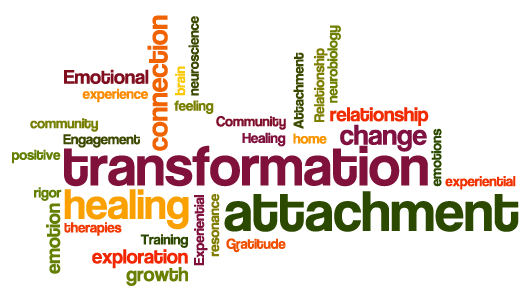Why Psychoanalysts should consider AEDP training
(Hint: it’s for more than required continuing education (CE) credits*)
*NY State added CE requirements for Psychoanalysts in 2017. Be sure to check your State’s CE requirements regularly!
Accelerated Experiential Dynamic Psychotherapy (AEDP) is a perfect complement to Psychoanalytic training.
Here is what one of the many certified Psychoanalysts in the AEDP community has to say about their experience:
I am a certified psychoanalyst (The Institute For Contemporary Psychotherapy) who has moved to an AEDP-way of working. In 2004 I saw videotapes of AEDP-informed psychotherapy sessions at a conference on emotions and attachment. In those videos I saw radical transformations occurring in clients in one session – change that would have taken me and my patients using a traditional psychoanalytic psychotherapy approach years of work to accomplish. I wondered if it was too good to be true? Was AEDP a method with a scientific basis that could be taught and duplicated? My last 13 years of AEDP training, practice and supervision has proven that the answer is a whole hearted YES.
Because of the anatomy of the brain, insight-oriented therapies that focus on thoughts and cognitions (like CBT and psychoanalytic psychotherapy) rarely produce healing transformation quickly. AEDP, on the other hand, has a “bottom-up” way of creating transformation, using the body and emotions to noticeably, effectively, quickly change thoughts and behaviors and ameliorate distress and psychological pain.
I have not thrown away my training as a psychoanalyst. In fact I treasure the intense, grounding, knowledge and experience I had pre-AEDP. Since adding AEDP to my skill set I have discovered another very valuable tool to help people faster.
Hilary Jacobs Hendel, LCSW
Certified Psychoanalyst, AEDP Certified Therapist & Supervisor
Learn more about the AEDP therapeutic model
AEDP heals trauma and helps to undo aloneness by championing the innate healing capacity of neuroplasticity in a safe, attached therapeutic relationship.
Through minute-to-minute, in-depth processing of difficult emotional and relational experiences, AEDP clinicians help clients recover their sense of core self and experience increased resilience and a renewed zest for life.
Sign up for one of these courses:
A one day seminar (earn 6 CE’s):
Introduction to AEDP: How to Be a Transformational Therapist and put Neuroplasticity into Everyday Action
by AEDP’s Founder, Diana Fosha; April 1, 2017 in NYC, click to learn more.
or
A one week retreat (earn 32.5 CE’s):
AEDP Immersion
by AEDP’s Founder, Diana Fosha; many dates and cities, click to find the one that’s right for you.
Read
Interested in reading about some of the differences between conventional psychoanalytic psychotherapy (talk or insight oriented therapy) and “experiential psychotherapy?”
Check out this article:
What is the Difference Between Conventional Talk Psychotherapy and Experiential Psychotherapy?

